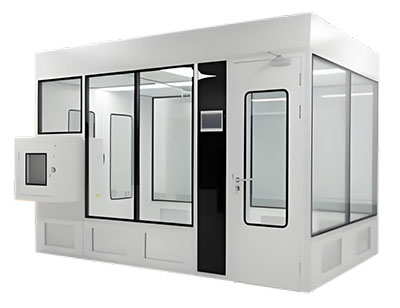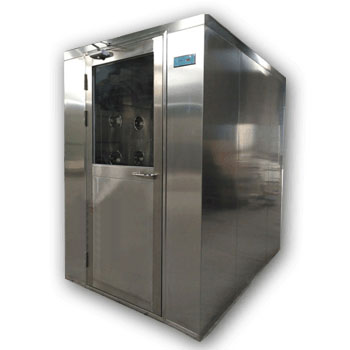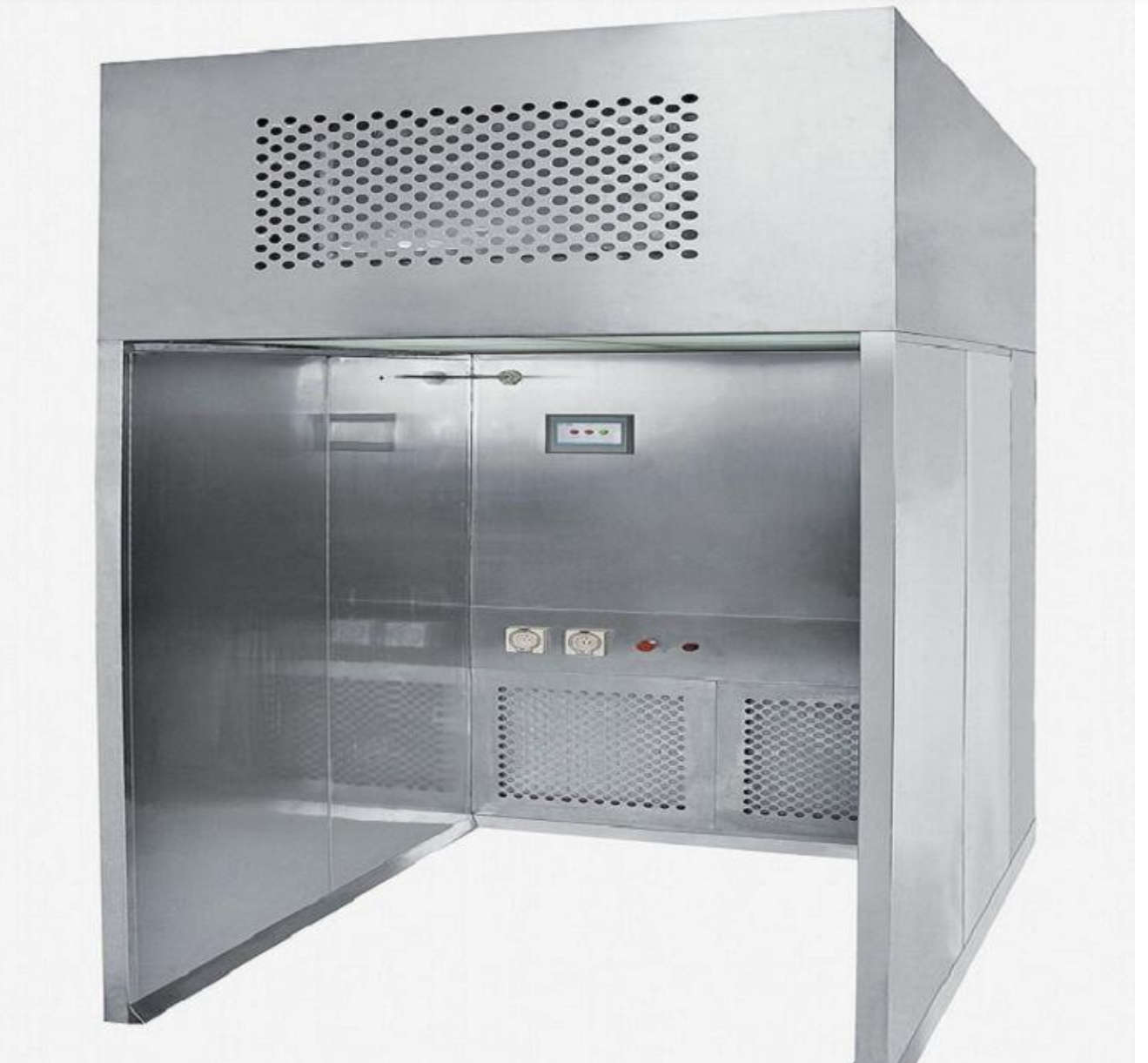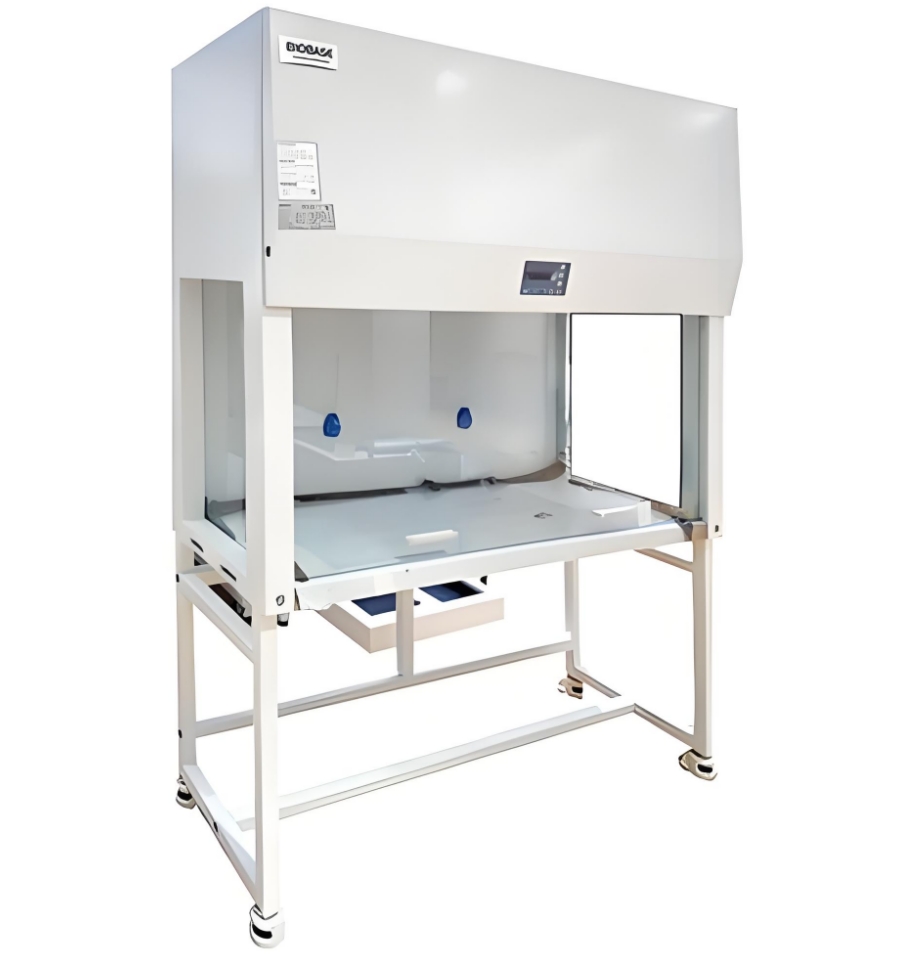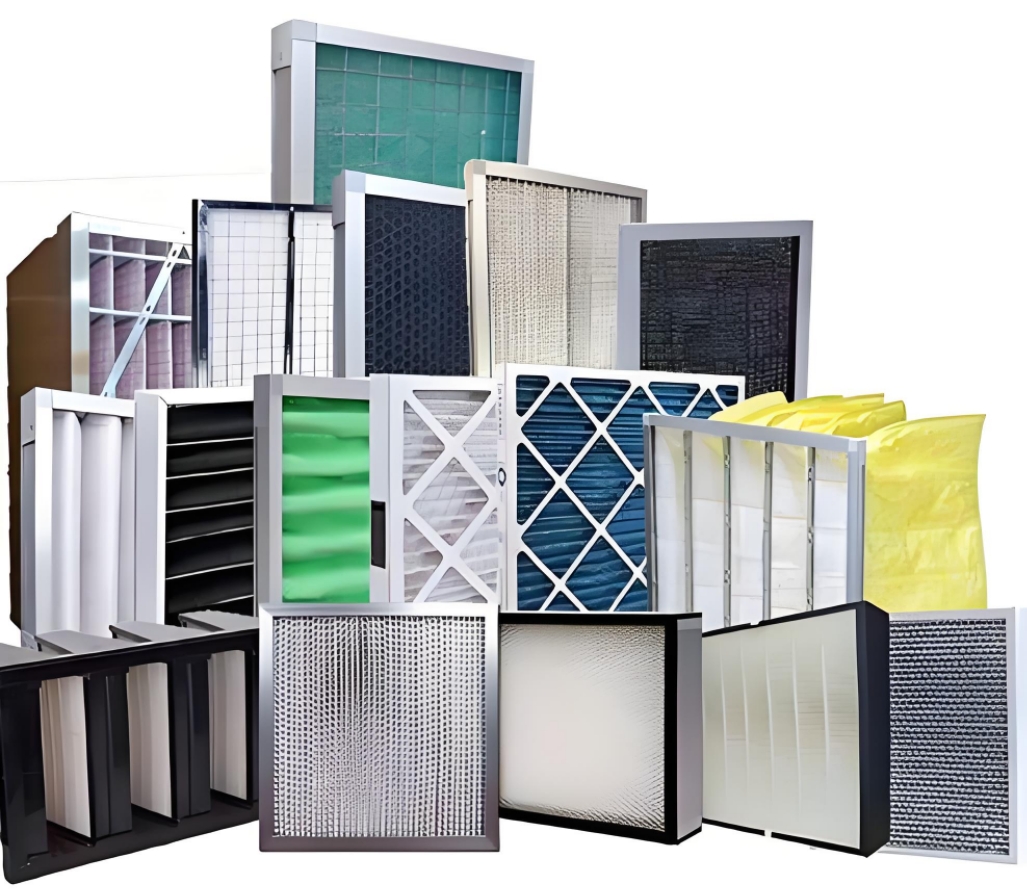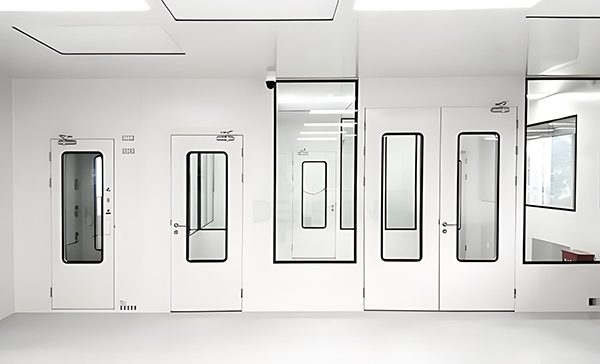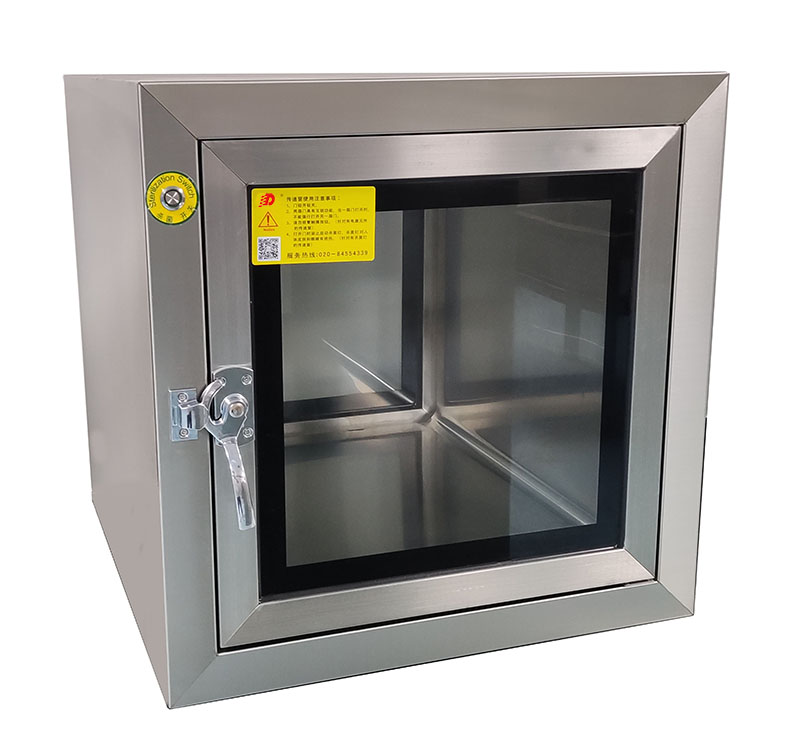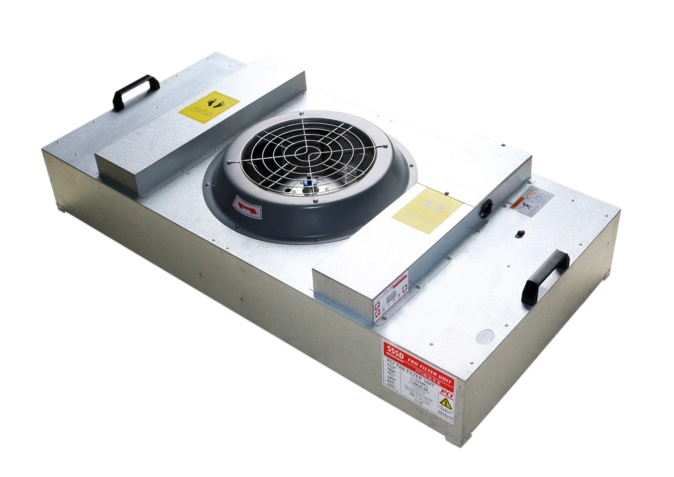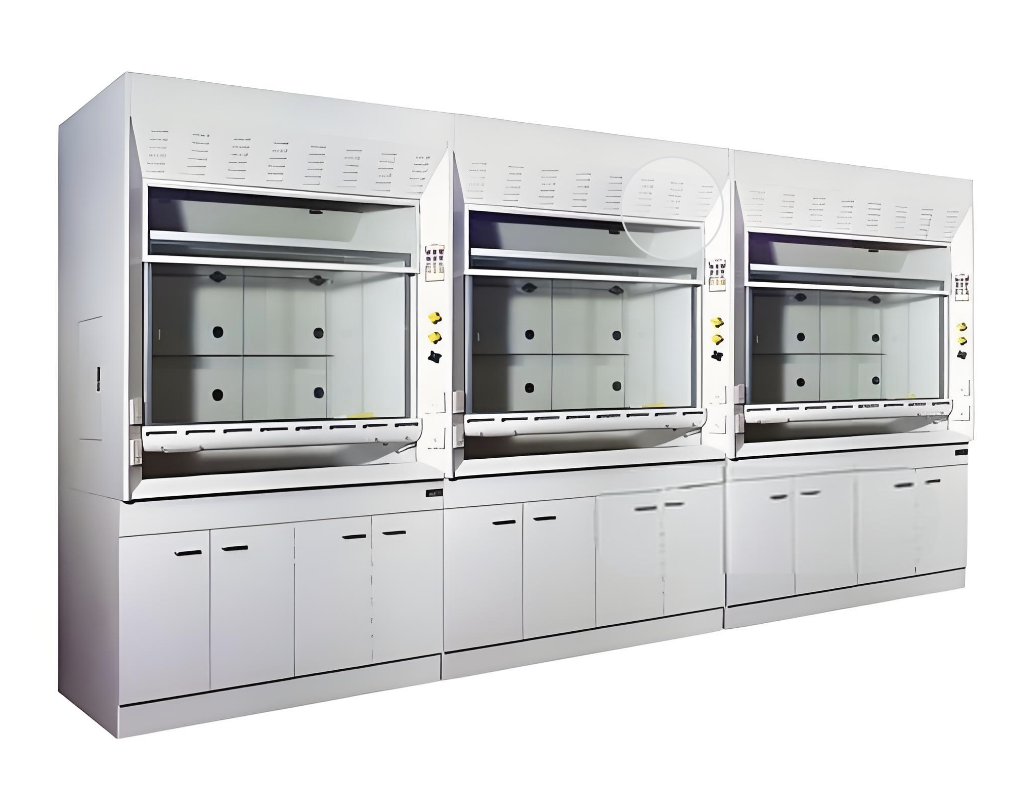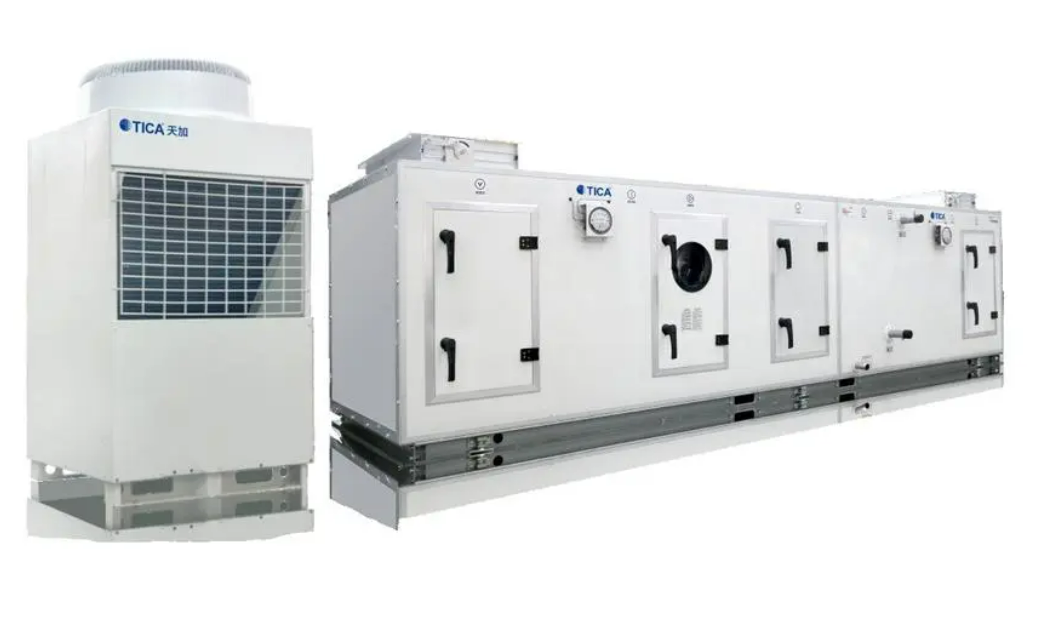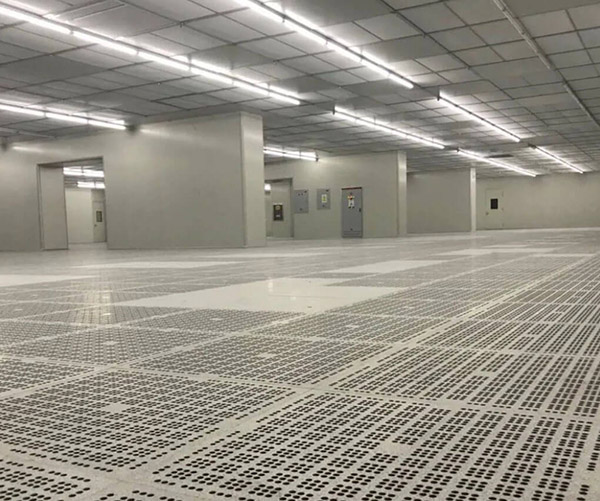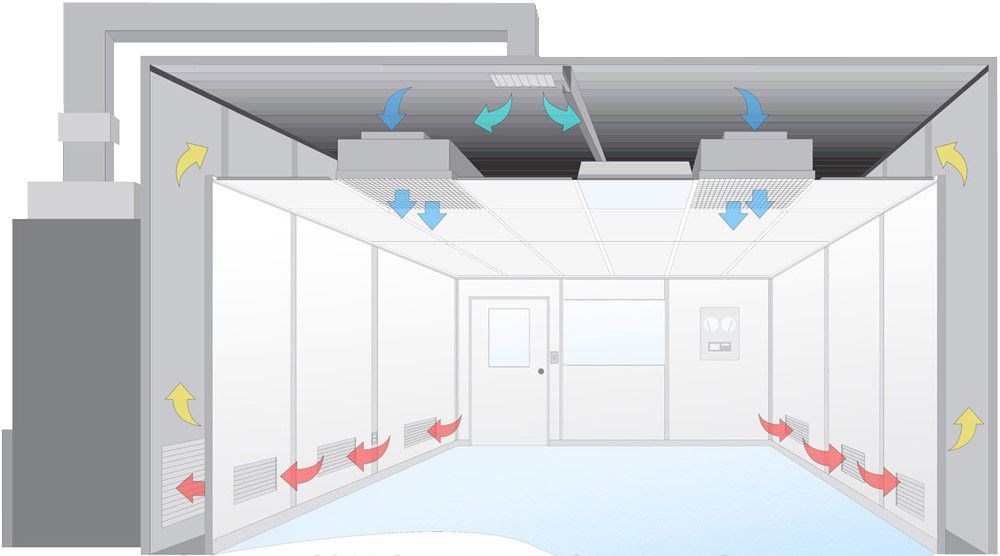Understanding air velocity in a downflow booth
Essential parameters and their importance in industrial and pharmaceutical settings
Downflow booths, essential in many industrial and pharmaceutical settings, help control contamination and provide a safe working environment. A key component of their effectiveness is the air velocity within these booths, which plays a critical role in directing airflow and containing airborne particles. This article breaks down the air velocity parameters and their importance in downflow booths.
Standard Velocity in Downflow Booths
Typical Air Velocity
The air velocity in a downflow booth commonly ranges from 0.45 to 0.51 meters per second (m/s), equivalent to 90 to 100 feet per minute (fpm). This velocity facilitates unidirectional airflow from ceiling to floor, ensuring that particulates are pushed away from the operator's breathing zone and captured efficiently. Deiiang™, along with designer Deiiang Jason.peng, integrates these standards into advanced booth designs to optimize safety and performance.
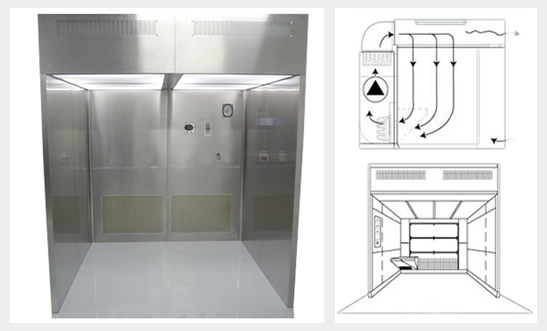
Velocity Range and Variations
While the standard target is often 0.45 m/s (90 fpm), velocities can vary from 0.41 to 0.51 m/s (80 to 100 fpm) based on specific requirements. federal standard 209 and EU GMP guidelines frequently cite these metrics to ensure compliance in controlled environments.
Purpose of Downward Airflow
Benefits of High Velocity
Maintaining a high downward air velocity helps drive airborne particles towards floor-level extraction systems or filters, effectively preventing them from rising to the operator's breathing zone. This process is crucial in environments like pharmaceutical laboratories where powder or particulate handling is prevalent.
Example: In a pharmaceutical powder handling application, a well-maintained air velocity of 0.45 m/s ensures that particles do not contaminate the operator's work surface or equipment.
Factors Affecting Air Velocity
Customized Adjustments
Several factors influence the specific air velocity required in a downflow booth, including:
- Booth Design: The physical layout and architectural elements may necessitate adjustments in air velocity to maintain effective containment.
- Application Requirements: Different uses, such as sampling versus packaging, might require varying air speeds.
- Desired Containment Level: Higher air velocities can improve containment and reduce potential exposure risks.
Importance of Velocity Control
Ensuring Effective Containment
Maintaining the correct air velocity is essential for the booth's effectiveness. It ensures that the containment of airborne contaminants is optimized, thereby providing a safer working environment. Deiiang™ engineers use precise control systems to adjust air velocity dynamically, adhering to required safety and operational standards.
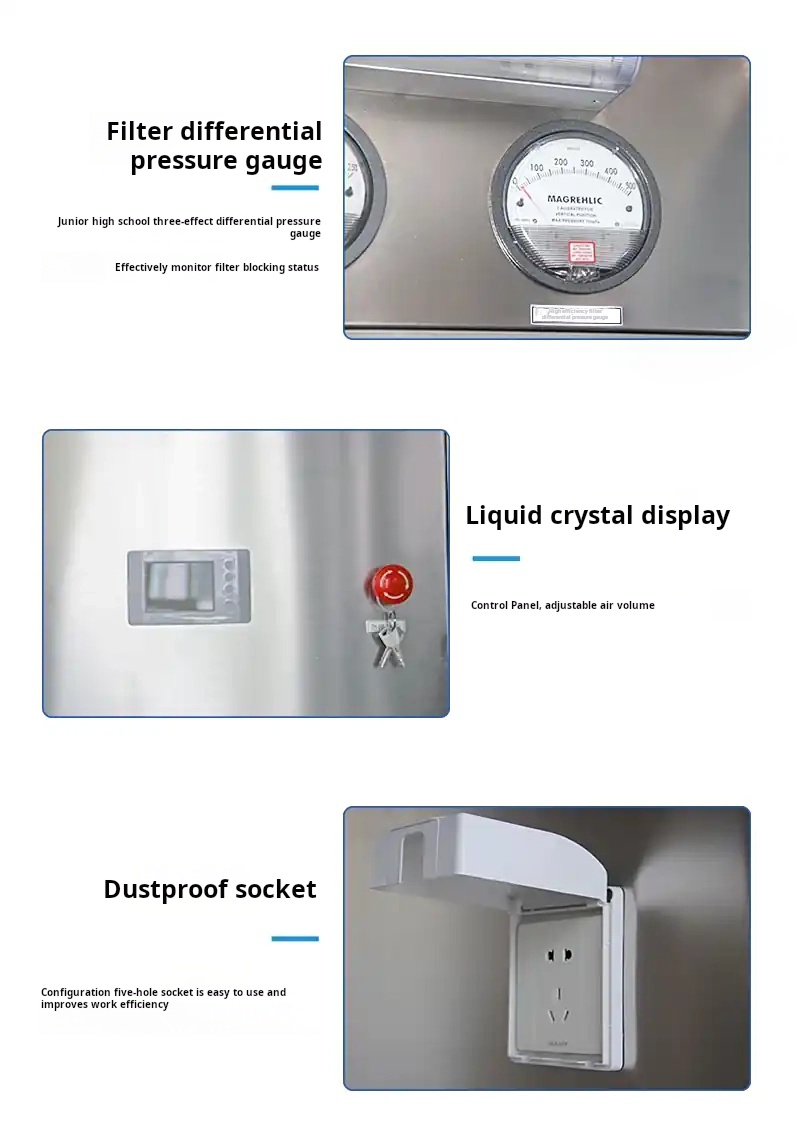
Conclusion
Air velocity in downflow booths is a critical parameter that influences their functionality and safety. By understanding the standard velocities and factors affecting adjustments, facilities can enhance the efficacy of these booths in protecting workers and maintaining clean environments. Deiiang™, through innovative designs by Deiiang Jason.peng, provides industry-leading solutions that ensure optimal performance of downflow booths.
Common Questions and Answers
| Question | Answer |
|---|---|
| What is the standard air velocity in a downflow booth? | Typically between 0.45 to 0.51 m/s (90 to 100 fpm). |
| Why is maintaining air velocity important? | It ensures proper containment of particles and a safe working environment. |
| How is the air velocity adjusted in a booth? | Adjustments are based on booth design, application, and containment needs. |
| What standards govern downflow booth air velocity? | Federal Standard 209 and EU GMP are commonly referenced. |
| Can the velocity range vary between booths? | Yes, depending on specific operational requirements and designs. |
References
- Federal Standard 209E: Cleanroom and Workstation Air Cleanliness Standards
- EU GMP Guidelines for Pharmaceutical Production
- Deiiang™, Downflow Booth Design Innovations
- Journal of Occupational and Environmental Hygiene
- Advances in Containment Technology, International Journal of Health Engineering
- Deiiang Jason.peng, Expert Insights into cleanroom airflow Management
 +86 18186671616
+86 18186671616 Jason@cleanroomequips.com
Jason@cleanroomequips.com
 MENU
MENU

